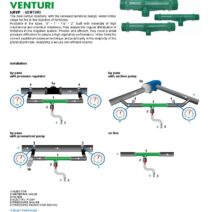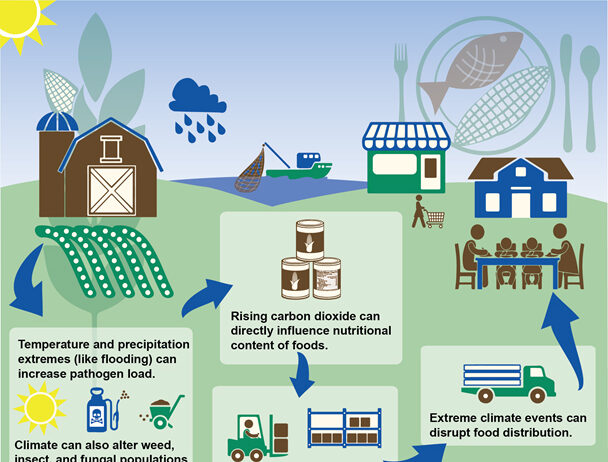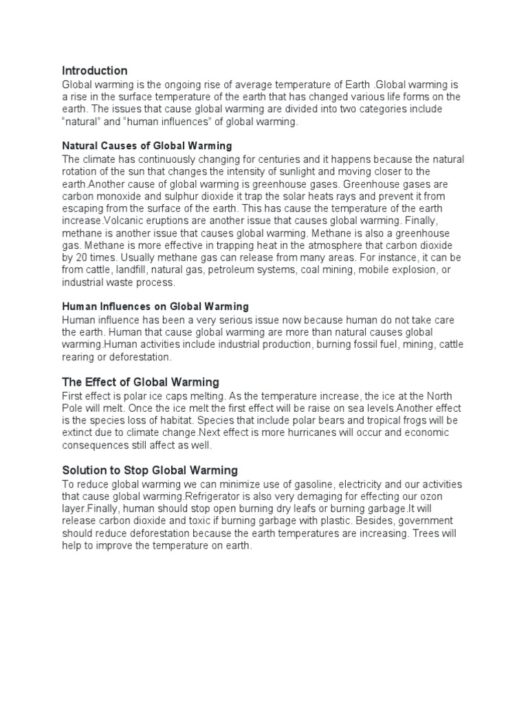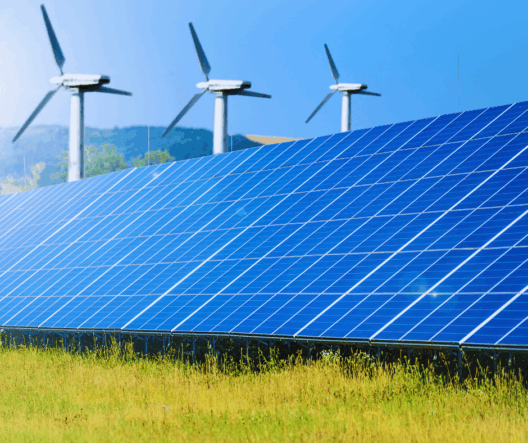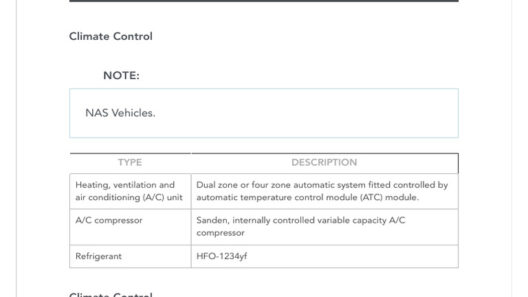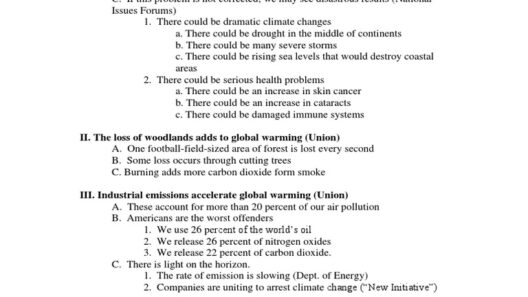Climate change, an omnipresent issue, evokes a spectrum of emotions and responses. Humans are intricately intertwined with the environment, and our actions have profound implications for the planet’s health. This exploration seeks to unpack how human activities contribute to climate change, shedding light on both overt and subtle factors that drive this global phenomenon.
The industrial revolution marked a seminal shift in human activity. It started with the advent of machinery and has since mushroomed into an era defined by technological advancements. Forests fell, species dwindled, and our carbon footprint expanded dramatically. Yet, the question remains: why do we persistently exacerbate these detrimental changes to our environment?
To grasp the complexities of this issue, it is essential to dissect the various dimensions of human contribution to climate change. The factors are manifold, each interfacing with the others in a tapestry of causation that is not merely causal but rather symbiotic.
Humanity’s insatiable demand for energy represents one of the most significant catalysts for climate change. The burning of fossil fuels is a primary source of carbon dioxide emissions, a potent greenhouse gas. As the global population burgeons, so too does the need for energy to facilitate everyday activities. Electricity powers our homes, gasoline fuels our cars, and coal generates power for industries. The sheer scale of energy consumption has escalated dramatically over the decades.
In addition to energy demand, the quest for economic growth propels us further into environmentally detrimental practices. Developing nations often prioritize industrialization to improve standards of living, sometimes overlooking sustainable practices. This emphasis on industrial progress spurs deforestation, where trees are cleaved to make way for factories and infrastructure, thereby diminishing the Earth’s natural carbon sinks. The paradox emerges: countries striving for economic advancement are concurrently enacting policies that contribute to their downfall as they exploit their natural resources.
Industrialization and energy consumption do not operate in isolation; they are also intricately linked to agricultural practices. Livestock farming, for instance, is infamous for being a substantial contributor to methane emissions. Methane, albeit shorter-lived than carbon dioxide, is significantly more potent in its heat-trapping capabilities. The practice of raising cattle, pigs, and sheep demands vast tracts of land, often displacing forested areas critical for carbon sequestration. The resulting loss of biodiversity amplifies the loss of resilience within ecosystems while simultaneously intensifying the effects of climate change.
Waste management is another glaring area where human habits play a pivotal role in climate disruption. Landfills, brimming with organic materials, produce methane as waste decomposes in anaerobic conditions. Additionally, our throwaway culture exacerbates the situation, where single-use items dominate consumer behavior. The concept of a circular economy can mitigate these issues, promoting recycling and reuse, yet it has yet to achieve widespread adoption.
Transportation stands as a considerable contributor to greenhouse gas emissions. The reliance on personal vehicles loaded with combustion engines, coupled with inadequate public transport infrastructures, fosters an unsustainable culture of mobility. Every journey contributes to the aggregate emissions, underscoring our dependency on fossil fuels. Transitioning to electric vehicles may open new avenues for sustainability; however, such transformations require time and systemic changes at global scales.
The impact of urbanization cannot be overstated. Rapidly growing metropolitan areas are hotbeds for pollution and waste. Urban sprawl often leads to habitat destruction, reduced green spaces, and increased reliance on non-renewable energy sources. Building practices that favor concrete over greener alternatives add to the ‘urban heat island’ effect, where cities absorb and retain heat, further exacerbating warming trends.
Socioeconomic disparities also contribute to climate change. Vulnerable populations often bear the brunt of environmental degradation yet play a minimal role in its causation. Wealthy nations, historically the largest polluters, continue to embody a culture of consumption that sacrifices environmental integrity in favor of luxury. These disparities raise ethical questions about responsibility and accountability, further complicating global climate negotiations.
Ecosystems, once thought resilient, are now buckling under the pressures of climate change. Coral reefs, vital to marine biodiversity, are bleaching as temperatures rise. Forests, which serve as lungs for the planet, are succumbing to pests and diseases exacerbated by climate conditions. Each of these ecological losses serves as an implicit reminder of humanity’s influence—our footprints etched onto the earth not only as consumers but as stewards, or perhaps, as destroyers.
In conclusion, while humans are undoubtedly a force of nature, the legacy of our actions illustrates imbalance. Addressing climate change requires an acknowledgment of our contributions and a concerted effort toward sustainable practices. Our relationship with the environment is symbiotic, necessitating an ethos rooted in stewardship rather than exploitation. As we navigate the complexities of modern life, it is our collective responsibility to cultivate an awareness that translates into action, ensuring a healthier planet for generations to come.

